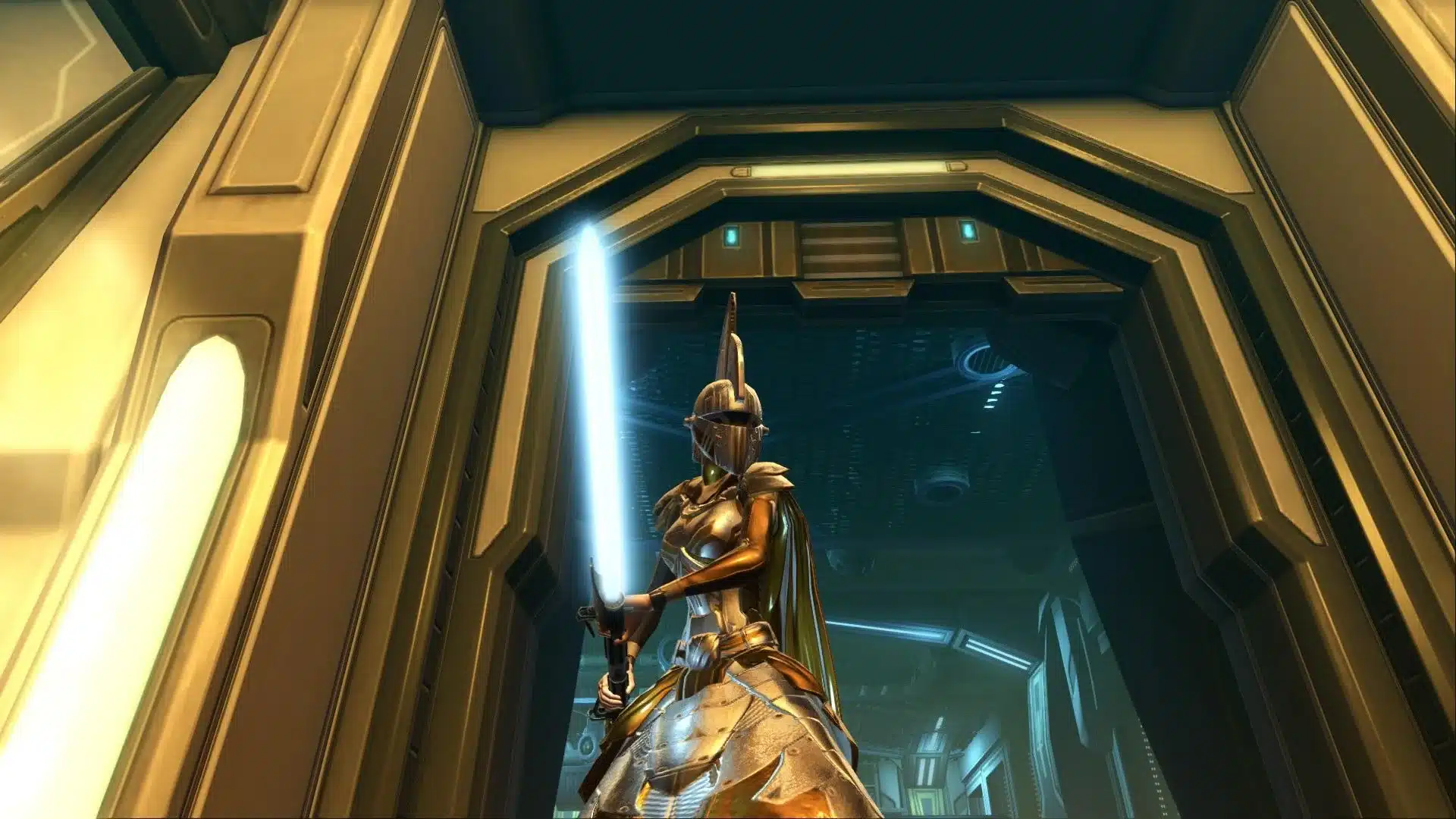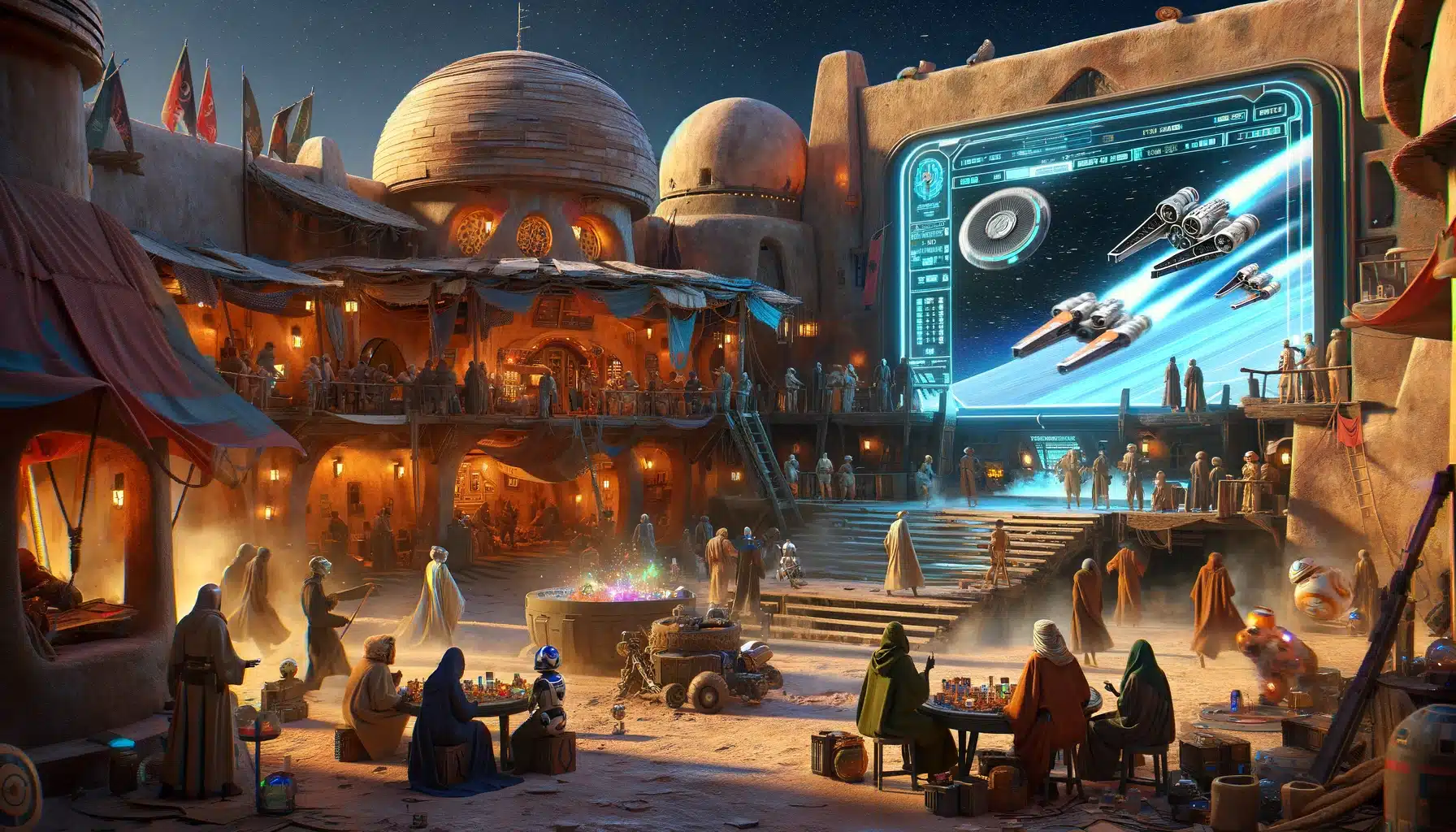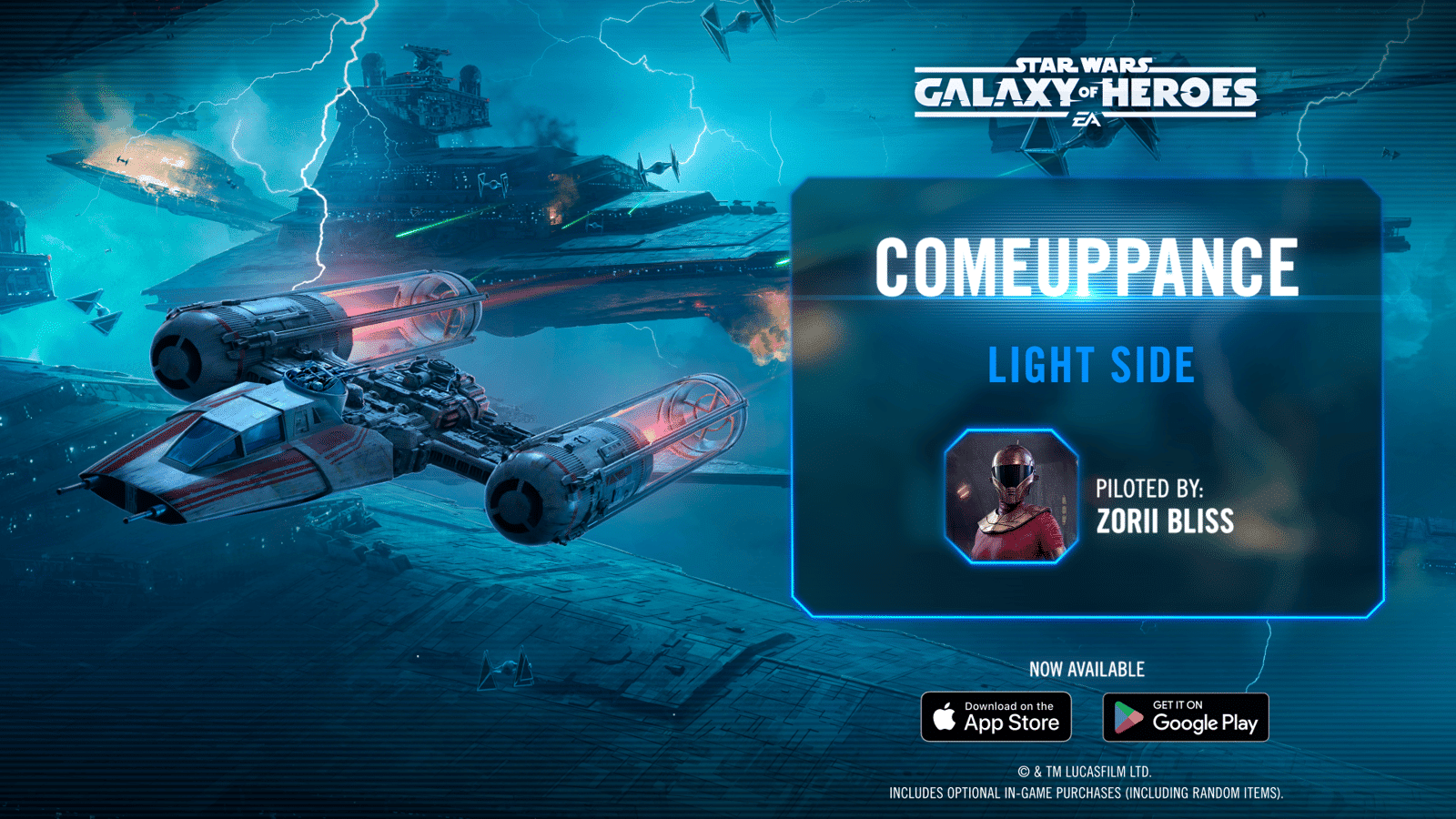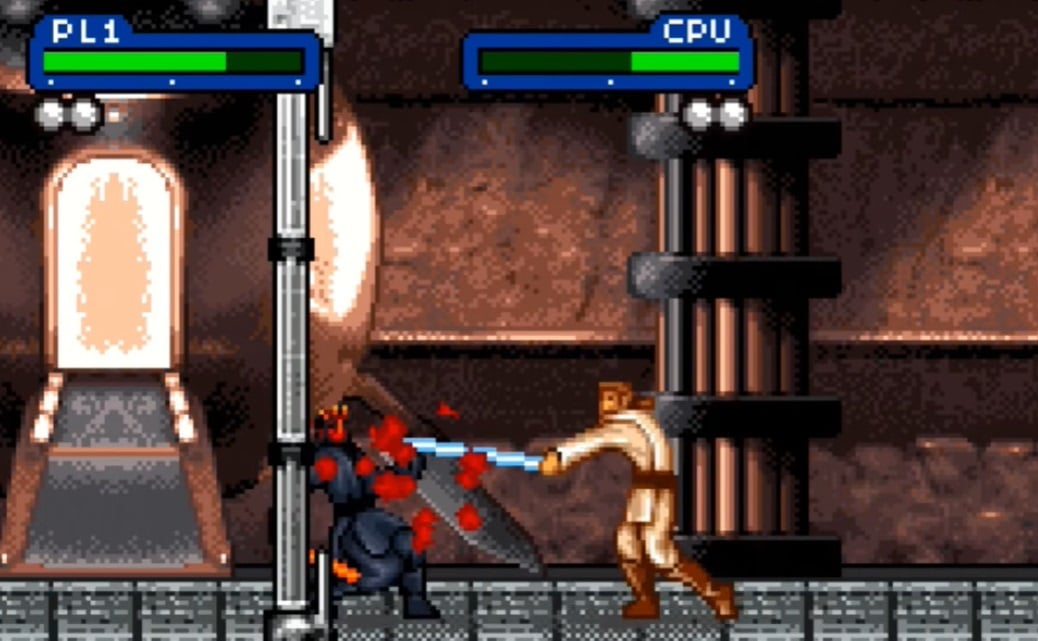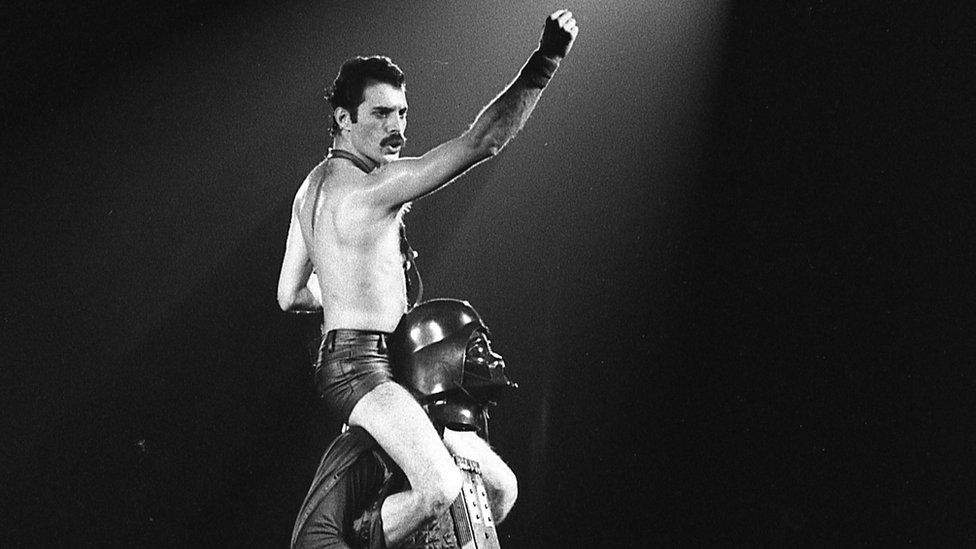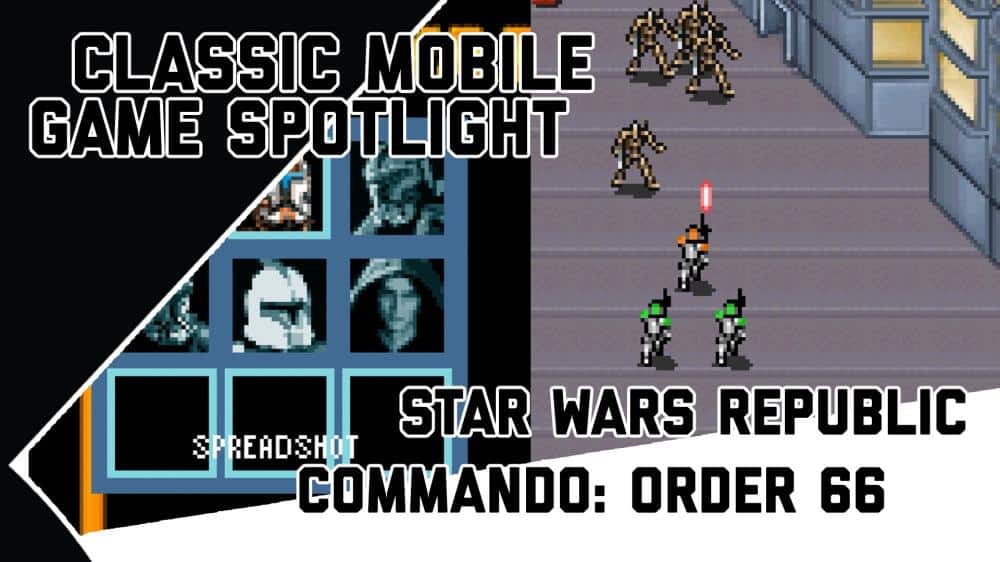Introduction
In the expansive universe of Star Wars, where epic narratives and stunning visuals have captivated audiences, there lies another, often unsung hero – the music and sound design in its video games. This auditory landscape is not merely a backdrop; it is a vital artery that pumps life into the gaming experience, enveloping players in the essence of a galaxy far, far away. As we embark on this exploration of sound in the Star Wars gaming universe, let’s key in on the major themes we’ll uncover:
- Storytelling Through Melody: Examining how music in Star Wars video games serves as a dynamic narrator, enhancing the emotional depth and narrative complexity of the games.
- The Art of Sound Effects: Delving into the meticulous craft of sound design in these games, from the iconic hum of lightsabers to the subtle footsteps on an alien world.
- Creating Immersive Worlds: Understanding how music and sound combine to create deeply immersive environments that transport players straight into the Star Wars universe.
- Technological Evolution: Tracing the evolution of audio technology in gaming and its impact on the auditory experience in Star Wars games.
Through these points, we’ll gain insight into how music and sound design don’t just accompany the visual elements of Star Wars video games but elevate the entire galactic experience. They create a bridge between the player and the fantastical world of Star Wars, making the journey not just seen but deeply felt. Prepare to dive into an auditory adventure where every note and sound effect plays a pivotal role in shaping the Star Wars universe.
Setting the Galactic Stage: Music as a Storyteller
In the cosmos of Star Wars video games, music ascends beyond mere background ambiance; it becomes a narrator, a storyteller weaving a tale as old and as deep as the universe itself. This chapter delves into how the symphonic elements of Star Wars games do more than fill silence—they breathe life into stories, characters, and entire worlds.
The Legacy of John Williams: The foundation of music in Star Wars games is indelibly linked to the legendary composer John Williams. His iconic themes for the film series set a high bar for emotional depth and narrative richness. In video games, these themes are not just reused; they are reimagined. Composers study Williams’ approach, where each character, from the stoic Jedi to the menacing Sith, has a musical signature. In games like “LEGO Star Wars: The Skywalker Saga,” these motifs are cleverly adapted, ensuring that the music reflects the game’s tone, whether it’s epic, humorous, or somewhere in between.
Dynamic Music and Player Interaction: Modern Star Wars games often employ dynamic music systems, where the score changes in response to the player’s actions. This adaptive approach ensures that the music is not just a static layer but an active participant in the gaming experience. In “Star Wars Battlefront II,” for instance, the intensity of the music escalates during battle scenes, heightening the sense of urgency and danger. Conversely, during exploration, the music shifts to more subtle and majestic themes, mirroring the awe of discovering new worlds and secrets.
Emotional Resonance and Storytelling: The emotional pull of music in these games cannot be overstated. In titles like “Star Wars Jedi: Fallen Order,” the score plays a critical role in storytelling. It underscores key narrative moments, amplifying their emotional impact. A poignant scene of loss or revelation is made all the more powerful with a stirring orchestral backdrop, guiding the player’s emotional journey through the narrative.
Cultural and Thematic Variety: The Star Wars universe is a tapestry of different cultures and worlds, and the music in its games reflects this diversity. Composers imbue different planetary environments and alien cultures with unique musical themes. In “Star Wars: The Old Republic,” each planet the player visits has its own musical identity, whether it’s the mystical choruses of Tython or the ominous tones of Korriban. This not only adds to the game’s immersive quality but also celebrates the rich cultural diversity within the Star Wars galaxy.
Recreating Iconic Moments: Many Star Wars games include recreations of iconic moments from the films, and music is key to these reenactments. Whether it’s the triumphant opening theme in “Star Wars: The Force Unleashed” or the menacing Imperial March in various titles, these familiar scores transport players directly into the Star Wars universe, allowing them to live out their favorite cinematic moments.
In summary, music in Star Wars video games is far more than an auditory accompaniment; it is a storytelling tool of immense power. It sets the stage for epic adventures, crafts emotional landscapes, and breathes life into the pixels and polygons that make up the Star Wars universe. As players traverse this galaxy of games, the music is their constant companion, narrating their journey and making every moment in the Star Wars universe profoundly impactful.
The Symphony of Blasters and Lightsabers: Sound Design
The sonic landscape of Star Wars video games is a symphony in its own right, composed not of musical notes, but of blaster shots, lightsaber hums, and the ambient sounds of a galaxy teeming with life. The sound design in these games is a meticulous and crucial element, responsible for creating an authentic Star Wars experience.
The Iconic Sounds of the Star Wars Universe: The distinctive sound of a lightsaber igniting, the menacing roar of a TIE fighter, the quirky beeps of R2-D2 – these are sounds that are immediately recognizable to any Star Wars fan. Capturing these iconic sounds in the games is a task that sound designers approach with a blend of reverence and innovation. Using a mix of original sound effects from the movies and new sounds created to match that quality, the designers work diligently to ensure that each sound effect feels true to the Star Wars universe. In games like “Star Wars: Squadrons,” the authenticity of the cockpit sounds and the whir of the starfighters adds a layer of realism and immersion that is vital for the player’s experience.
Environmental Soundscapes: Beyond the well-known sounds of lightsabers and blasters, the sound design also extends to creating rich environmental soundscapes. Each planet and spaceship has its unique acoustic signature. From the bustling markets of Tatooine to the echoing halls of a Star Destroyer, the ambient sounds in games like “Star Wars: The Old Republic” and “Star Wars Jedi: Fallen Order” play a crucial role in bringing these environments to life. These sounds not only enhance the visual setting but also provide an audio cue to the player, offering hints about the world they are exploring.
The Role of Foley Art in Game Sound Design: Foley art, the reproduction of everyday sound effects, is a significant component of sound design in Star Wars games. The footsteps of a character, the rustling of clothing, the clank of a droid – these sounds are carefully crafted to match the on-screen action. The attention to such detail adds a level of authenticity and tangibility to the game, making the virtual world feel more real and immediate.
Voice Acting and Dialogue: The voice acting and dialogue in Star Wars games are another critical aspect of sound design. The games often feature a wide range of characters, from iconic heroes and villains to new faces unique to the gaming universe. The voice acting brings these characters to life, conveying emotion, personality, and story. In titles like “Star Wars: Knights of the Old Republic,” the voice acting is key to delivering a compelling narrative and engaging the player in the story.
Interactive Sound Design: Modern Star Wars games often feature interactive sound design, where the sound effects respond to the player’s actions. This interactivity ensures that the audio experience is not just a passive backdrop but an active part of the gameplay. For instance, the sound of a lightsaber will change based on how the player uses it, and the environment reacts audibly to the player’s interactions, providing a more dynamic and responsive gaming experience.
In conclusion, sound design in Star Wars video games is a complex and vital component that goes far beyond background music. It creates a sense of place, enhances the storytelling, adds realism, and engages the player on a deeper level. From the iconic sounds that have defined the franchise to the subtle environmental cues and interactive sound effects, the symphony of blasters and lightsabers is crucial in making these games not just a visual but an auditory adventure in the Star Wars universe.
Immersion through Music and Sound
In the universe of Star Wars video games, the fusion of music and sound design is not just an auditory experience but a gateway to immersion, an essential element that deeply embeds players in the expansive galaxy. This synergy between sound and gameplay creates a multi-sensory experience, turning each gaming session into an adventure that’s felt as much as it is seen.
Crafting a Believable Universe: The combination of music and sound effects in Star Wars games does more than just accompany the action; it constructs a believable and engaging universe. When a player navigates the corridors of a Star Destroyer, the distant hum of engines, the subtle buzz of electronic devices, and the dramatic orchestral undertones combine to create a palpable sense of being in that space. In games like “Star Wars Battlefront II,” the roar of an X-wing’s engine or the eerie silence of space is meticulously balanced with John Williams’ legendary scores, enhancing the realism and intensity of the battles.
Enhancing Emotional and Narrative Depth: Music and sound also play a critical role in deepening the emotional and narrative layers of the games. In story-driven games such as “Star Wars Jedi: Fallen Order,” the music swells and recedes at key story moments, reflecting the protagonist’s journey and emotional state. This dynamic interaction between the narrative and the soundtrack makes pivotal moments more impactful, enriching the player’s emotional connection to the story and characters.
Sound as a Gameplay Mechanic: Beyond aesthetics, sound also functions as a vital gameplay mechanic. In many Star Wars games, audio cues are essential for gameplay, providing players with necessary information about their environment or incoming threats. The distinct sound of a blaster being charged or the footsteps of an approaching enemy can be crucial for survival, especially in stealth-based or combat-heavy segments. This integration of sound into gameplay mechanics not only adds a layer of strategy but also increases the player’s immersion in the game world.
The Role of Ambient Sounds: Ambient sounds in Star Wars games contribute significantly to immersion. These sounds, often subtle and in the background, fill out the audio landscape of each location. The bustling chatter in a cantina, the wildlife in a forested planet, or the howling winds of a desert world, all serve to create a sense of place. In “Star Wars: The Old Republic,” for instance, each planet the player visits is given life not just through visuals but through a rich tapestry of ambient sounds, making each world distinct and memorable.
Adaptive Audio Technology: Advances in audio technology have greatly enhanced the immersive experience in Star Wars games. Technologies like 3D audio and adaptive soundtracks have allowed for more dynamic and responsive soundscapes. In VR titles like “Vader Immortal,” 3D audio is used to create a highly immersive environment where players can pinpoint the direction of sounds, adding a new dimension to the gameplay and storytelling.
In summary, the combination of music and sound in Star Wars video games is a powerful tool for immersion. It creates a rich, believable universe that resonates with the player, deepens the emotional and narrative experience, and becomes an integral part of the gameplay itself. This symphony of sounds and melodies is essential in transforming a gaming experience into a journey through the Star Wars galaxy, making every moment in the game an immersive adventure.
The Evolution of Audio in Star Wars Gaming
The soundscape of Star Wars video games has undergone a remarkable evolution, mirroring the technological advancements in the gaming industry. From the beeps and boops of early arcade games to the orchestral grandeur and complex sound designs of modern titles, the journey of audio in Star Wars gaming is a saga in its own right.
Early Days and Limited Technology: In the early years of Star Wars gaming, technological limitations meant that audio capabilities were often restricted to simple sound effects and basic melodies. Games like “Star Wars: The Empire Strikes Back” for the Atari 2600 featured rudimentary, yet charming, sounds that captured the essence of the franchise within the constraints of the time. Despite these limitations, these early games laid the groundwork for the immersive experiences to come.
The MIDI Era and Emergence of Theme Music: As technology progressed, so did the complexity of audio in games. The era of MIDI (Musical Instrument Digital Interface) allowed for more intricate compositions. Games like “Star Wars: X-Wing” from the early 90s featured MIDI versions of John Williams’ iconic scores, bringing a new level of emotional depth and authenticity to the gaming experience.
The Leap to Digital Audio and Voice Acting: The transition to CD-ROMs in gaming was a game-changer for audio. It allowed for higher quality digital soundtracks and, importantly, voice acting. Titles like “Star Wars: Dark Forces” and “Star Wars: Rebel Assault” were among the first to utilize these capabilities, offering not just enhanced music but also rich sound effects and dialogue, vastly improving the storytelling and immersive quality of the games.
Surround Sound and Environmental Audio: The advent of surround sound technology brought about a more immersive and realistic audio experience. Games like “Star Wars: Knights of the Old Republic” utilized surround sound to create a more enveloping experience, where players could hear the direction of blaster fire or the hum of a lightsaber behind them, adding a new layer of realism to gameplay.
Modern Advances and 3D Audio: In recent years, advances in audio technology have led to more sophisticated soundscapes in Star Wars games. The use of 3D audio, especially in VR titles like “Star Wars: Squadrons,” allows players to experience the game world with unparalleled realism. Sounds now have a sense of space and directionality, immersing the player in the middle of action-packed space battles or tense lightsaber duels.
Interactive and Adaptive Soundtracks: Modern Star Wars games also feature interactive and adaptive soundtracks that change based on the player’s actions and the context of the game. This dynamic approach to music composition allows for a more personalized and responsive gaming experience, with the music seamlessly weaving in and out of the narrative and gameplay.
The Future of Audio in Star Wars Gaming: Looking to the future, the potential for audio in Star Wars gaming continues to expand with new technologies like spatial audio and AI-driven sound design. These advancements promise even more immersive and responsive audio experiences, continuing the legacy of innovation in the Star Wars gaming universe.
In conclusion, the evolution of audio in Star Wars gaming is a testament to the franchise’s commitment to immersive storytelling and technological advancement. From the simple beeps of the Atari era to the orchestral and 3D soundscapes of modern games, audio has played a crucial role in bringing the galaxy far, far away to life for gamers around the world. As technology continues to evolve, so too will the auditory experiences in Star Wars games, promising to transport players to new and exciting galactic adventures.
Conclusion
As we journey back from the auditory realms of Star Wars video games, it’s clear that the role of music and sound in these digital experiences is both profound and transformative. This exploration through various soundscapes reveals that audio is not merely an accompaniment in gaming; it is a pivotal element that shapes the player’s journey, enriching every aspect of the Star Wars universe.
The Heartbeat of the Galaxy: Music and sound design in Star Wars games act as the heartbeat of the galaxy, providing rhythm and life to every adventure. They serve as invisible storytellers, guiding players through epic narratives, thrilling battles, and breathtaking explorations. The evolution of audio technology has only deepened this impact, allowing for more immersive and emotionally engaging experiences.
Beyond Entertainment: The significance of music and sound extends beyond mere entertainment. For many players, these elements evoke powerful emotions and memories, connecting them not just to the game but to the broader Star Wars saga. The familiar strains of a John Williams theme or the whir of a TIE fighter can instantly transport fans back to their first encounter with the franchise, bridging generations and binding fans in a shared experience.
A Symphony of Collaboration: The creation of these auditory experiences is a testament to the collaboration between composers, sound designers, programmers, and the entire development team. Each sound effect, each musical note, is carefully crafted and integrated, demonstrating the meticulous attention to detail and passion for the Star Wars universe that these creators share.
A Gateway to Innovation: The continuous advancements in audio technology not only enhance the gaming experience but also serve as a gateway to innovation. Each new development, from adaptive soundtracks to 3D audio, pushes the boundaries of what is possible, setting new standards for immersion and interactivity in gaming.
Looking to the Future: As we look to the future of Star Wars video games, the role of music and sound is set to become even more integral and dynamic. With emerging technologies and creative approaches, the possibilities for auditory storytelling are boundless. The galaxy far, far away will continue to expand, offering new worlds, new stories, and new experiences, all accompanied by the ever-evolving symphony of sound that has become synonymous with the Star Wars experience.
In conclusion, the music and sound design of Star Wars video games are essential threads in the tapestry of the gaming universe. They elevate the visual and interactive elements, creating a fully immersive experience that resonates with fans across the world. As the franchise continues to grow and evolve, so too will the role of audio, ensuring that each journey into the Star Wars galaxy is as richly auditory as it is visually spectacular.
FAQ: Music and Sound in Star Wars Video Games
Q: How important is music in Star Wars video games? A: Music is crucial in Star Wars video games. It enhances the narrative, sets the mood, and adds emotional depth, making the gaming experience more immersive and memorable.
Q: Who composes the music for Star Wars video games? A: Various composers have contributed to Star Wars video games. While some games feature John Williams’ original themes from the films, others include original scores composed specifically for the games.
Q: Can the sound design in Star Wars games impact gameplay? A: Yes, sound design can significantly impact gameplay. Audio cues can provide essential information to players, like the direction of incoming enemies or environmental hazards, adding a strategic layer to the gaming experience.
Q: Do Star Wars video games use the original sound effects from the movies? A: Many Star Wars video games use original sound effects from the movies, or create new ones that closely mimic the iconic sounds, to maintain authenticity and continuity with the Star Wars universe.
Q: Has the audio quality in Star Wars games evolved over time? A: Yes, the audio quality in Star Wars games has evolved dramatically, thanks to advancements in technology. Modern games feature high-quality, dynamic soundtracks and detailed sound effects that greatly enhance immersion.
Q: Are voice actors used in Star Wars video games? A: Yes, voice actors play a significant role in Star Wars video games, bringing characters to life with engaging performances that add depth to the narrative and gaming experience.
Q: Is the music in Star Wars video games interactive? A: In many modern Star Wars games, the music is interactive and adaptive, changing based on the player’s actions and the context within the game, which enhances the overall experience and immersion.
Q: Can I purchase soundtracks from Star Wars video games? A: Some soundtracks from Star Wars video games are available for purchase or streaming. Availability depends on the specific game and its soundtrack release.
Q: Do different Star Wars games have distinct musical themes? A: Yes, different Star Wars games often have distinct musical themes, reflecting the unique settings, characters, and stories of each game while staying true to the overall feel of the Star Wars universe.
Q: How do sound effects contribute to the atmosphere in Star Wars games? A: Sound effects play a vital role in building the atmosphere in Star Wars games. From the hum of lightsabers to the bustle of alien worlds, these sounds create a rich, immersive environment that enhances the player’s experience.




